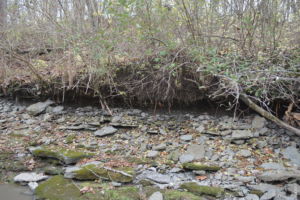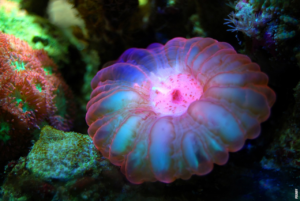The Origins of Sand
Sand is a remarkable substance found in various forms across the Earth. Its formation dates back millions of years and is influenced by a myriad of factors. Let’s delve into the fascinating world of sand and explore the reasons behind the existence of different sand types.
1. Geological Processes
The diverse range of sand types can be attributed to the complex geological processes at work. Over time, rocks and minerals undergo weathering and erosion, breaking down into smaller particles. These particles are then transported by water, wind, and ice, shaping the characteristics of the resulting sand.
2. Composition and Texture
One of the key factors influencing sand’s diversity is its composition. Sands can be primarily composed of various minerals such as quartz, feldspar, or coral fragments. The presence of different minerals gives rise to variations in color, grain size, and overall texture.
3. Coastal Influences
Coastal regions play a significant role in the formation of distinct sand types. As waves crash upon the shore, they interact with different sediment sources, including shells, coral reefs, and volcanic rocks. These interactions contribute to the creation of unique coastal sands, like the striking pink sands of Bermuda.
4. Desert Sands
The arid regions of the world are home to vast stretches of desert sands. These sandy landscapes are shaped by the wind, as it constantly moves and redistributes the sand grains. The fine particles found in deserts, known as aeolian sand, are often well-sorted and exhibit a characteristic golden hue.
Post
Post
5. Human Influence
Humans also have a hand in the creation of different sand types. Industrial activities and construction projects can introduce artificial sands made from crushed rocks or minerals. These manufactured sands serve various purposes, such as building materials or sports fields.
6. The Magic of Colors
Perhaps one of the most captivating aspects of sand is its ability to showcase a wide range of colors. From the black sands of volcanic beaches to the green olivine crystals found in Hawaii, the pigmentation of sand can be attributed to the presence of specific minerals or even microscopic organisms.
7. Unique Sands Around the World
The world is adorned with numerous peculiar sands. For instance, the white sands of Hyams Beach in Australia hold the Guinness World Record for the whitest sand. Additionally, the giant sand dunes of Namibia’s Namib Desert create an ever-changing landscape that captivates visitors from around the globe.
Unveiling the Sands of Time
The existence of various sand types is a testament to the Earth’s incredible diversity and the intricate processes shaping our planet. Each grain of sand holds a story, carrying fragments of ancient rocks, memories of ocean life, and echoes of distant lands. So, the next time you feel the soft embrace of sand beneath your toes, take a moment to appreciate the extraordinary world hidden within its grains.



